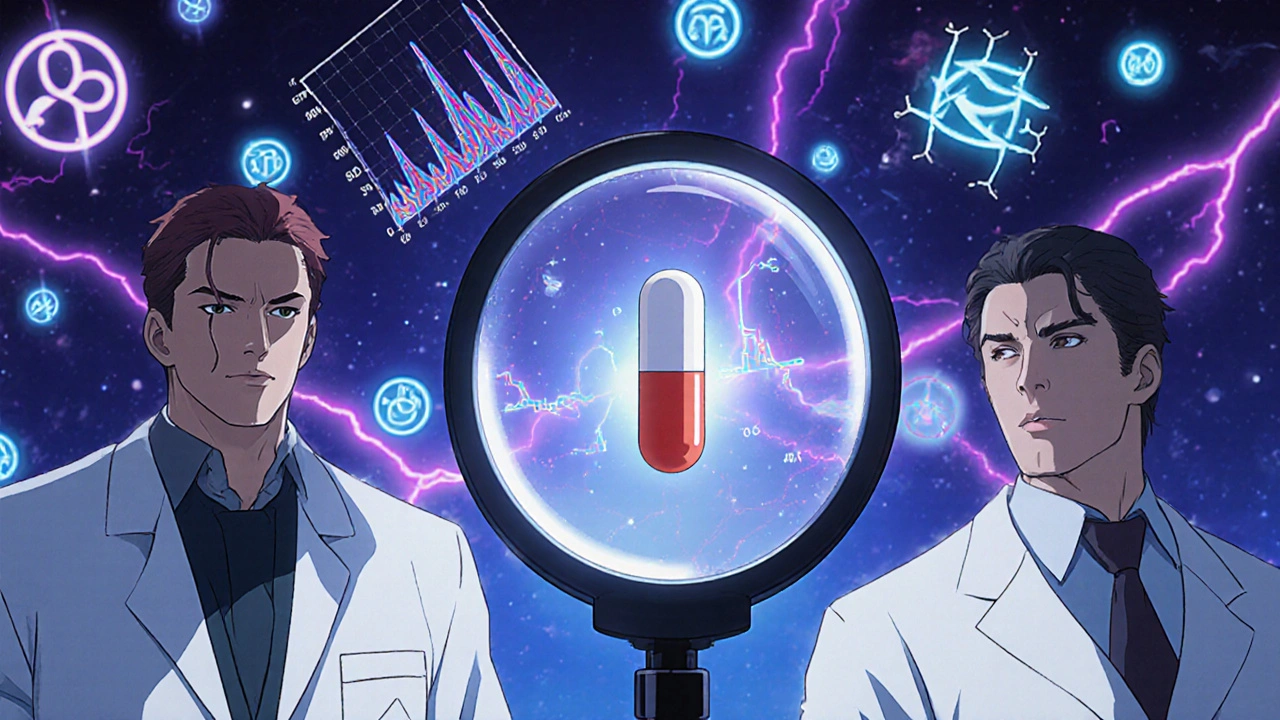Pharmaceutical Quality Control: Ensuring Safe Medications and Preventing Harm
When you take a pill, you trust it’s exactly what the label says—no wrong dose, no bad ingredients, no hidden risks. That trust isn’t accidental. It’s the result of pharmaceutical quality control, a system of checks and standards that ensures every medication is safe, pure, and effective before it reaches patients. Also known as drug quality assurance, it’s the invisible guardrail behind every prescription you fill. Without it, a simple typo in a formula, a contaminated batch, or a mislabeled bottle could turn a cure into a danger.
This system doesn’t just check pills at the end of the line. It starts at the raw materials, tracks every step of drug manufacturing, the process of producing medicines under strict, regulated conditions, and ends with final testing before shipping. It’s why GMP, Good Manufacturing Practices, the global gold standard for drug production, exists. GMP covers everything from clean rooms and worker training to equipment calibration and record-keeping. If a factory skips one step, the whole chain breaks. That’s why so many posts here focus on real-world failures: illegible prescriptions that lead to dosing errors, herbal supplements like Danshen that dangerously interact with blood thinners, or people buying cheap warfarin online without knowing if it’s even real. These aren’t just accidents—they’re often signs of broken quality control.
Pharmaceutical quality control isn’t just about stopping bad drugs. It’s also about stopping bad outcomes. When SSRIs and NSAIDs are combined, the risk of stomach bleeding jumps 75%. That’s not because the drugs are flawed—it’s because their interaction wasn’t properly flagged or studied during development. Quality control includes post-market surveillance, where side effects like those from sertraline or vilazodone are tracked and analyzed. It’s why reporting side effects to your doctor matters—each report feeds back into the system, helping improve future safety. Even something as simple as vitamin C supplements like Limcee or topical serums get tested for purity and strength. If a product doesn’t meet the standard, it shouldn’t be on the shelf.
What you’ll find below isn’t a random list of articles. It’s a collection of real cases where quality control—its success or failure—directly impacted health. From how warfarin is handled in pregnancy to why acetaminophen and alcohol don’t mix, each post ties back to one truth: medication safety isn’t just up to you. It’s built into the system. And when that system works, lives are saved. When it doesn’t, the consequences are deadly. These stories show why every step matters.

